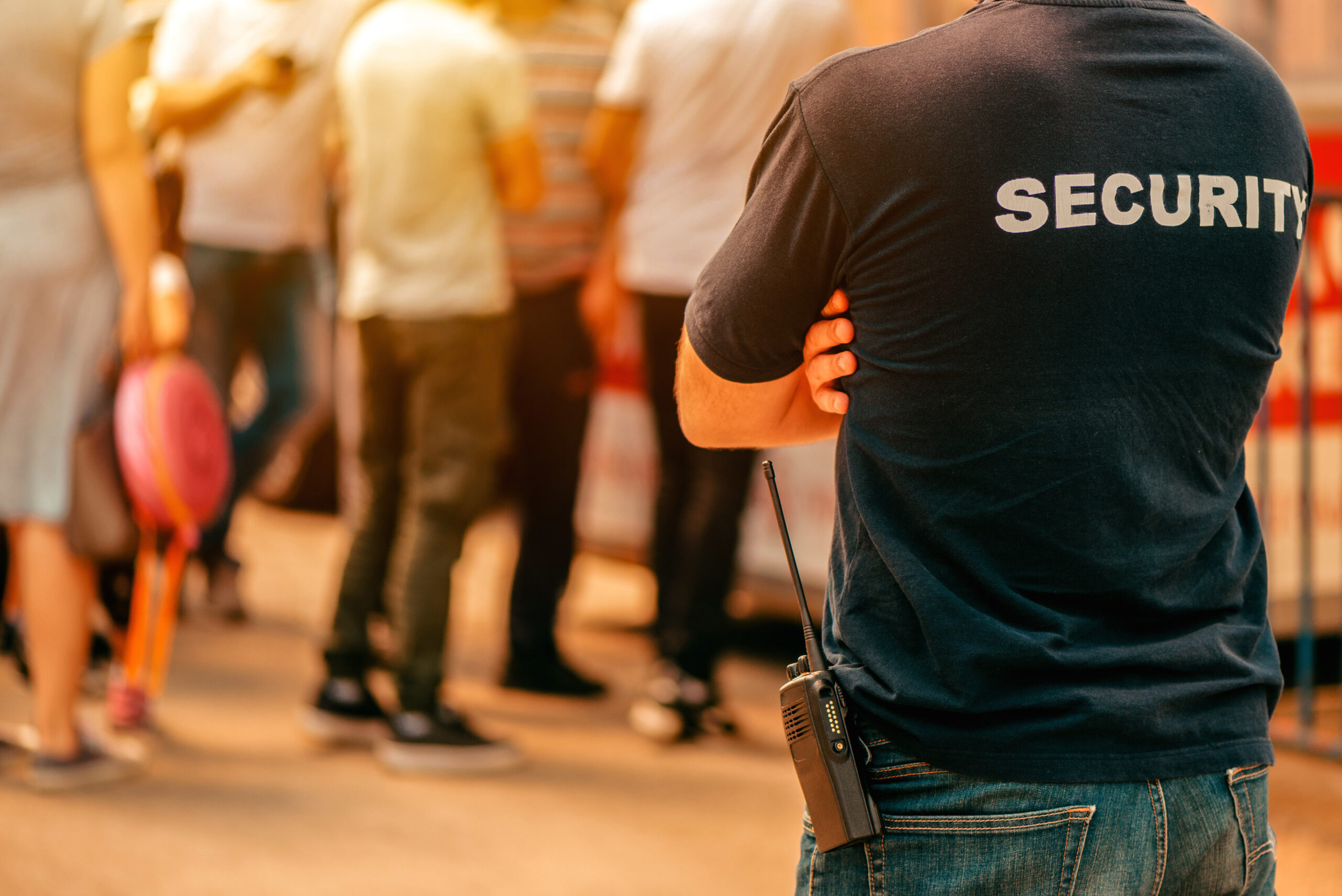Basic Safety Tips for College Students

Our mission is to help schools, businesses, and places of worship stay safe from armed intruders. However, we are also concerned about the welfare of individuals, especially college students. Knowing basic safety tips can help save your belongings and, more importantly, your life.
10 Safety Tips Every Individual Should Know
There are hundreds of scenarios you could find yourself in. While we cannot fit every safety tip in one short article, it is important to understand that a college student’s best self-defense is prevention. If you can avoid getting into a dangerous situation, you are less likely to need more specific information (such as how to kick out tail lights). Avoid dangerous situations by applying these 10 tips.
1. Turn off your phone’s location.
The competitive spirit of social media often drives people to overshare information. Maybe you are visiting a particularly exciting place, or you are trying something new. By all means, post pictures, but be very cautious about tagging your location. Especially if your profile is public, stalkers can take one look at your location tag and know exactly where you are currently or where you have been. This enables them to follow you or to break into your home because they know you are out.
If you aren’t using your phone’s location for something specific (such as GPS or mobile ordering), try to keep it turned off. This can prevent some scary situations from occurring.
2. Keep your head up in vulnerable areas.
Another common mistake people make is looking at their phones while they walk. Texting and driving is a given no-no, but your phone also provides enough of a distraction to make you a target. Especially when you are walking through parking lots or stairwells, put your phone away, keep your head up, and scan your surroundings constantly. Check inside and under your car before getting in, and take a look at the people parked around you.
Avoid sitting in your car for an extended period of time. Many people have the habit of scrolling social media or doing paperwork in parking lots, but, again, this makes you a target. If you absolutely have to wait in your car, keep it running so that you can take off at a moment’s notice.
3. Create a “safe room” in your home.
Select an empty room or closet inside your home if you live off-campus and install heavy-duty locks on the inside. If an armed intruder ever enters your home and you cannot reach an exit, lock yourself inside the “safe room” and contact the authorities.
4. Lock every window in your home.
It can be tempting to leave 2nd story windows unlocked under the reasoning that “burglars can’t reach that high.” Actually, many burglars specifically target the 2nd story because they know many homeowners leave the windows unlocked. Once a week, go through your home and test every window and door to make sure they are still securely locked.
5. Keep belongings in an inner pocket, not a backpack.
To avoid being robbed in busy, crowded environments, keep your cash, cards, and phone close to you, inside a jacket or other clothing if possible. Pickpockets know exactly how to reach inside your backpack and take whatever they want. If you are carrying a laptop or another large item with value, flip your backpack around and hug it close to your chest.
6. Always run if you can.
If you can avoid a physical interaction with someone, do so. Your belongings are never worth your life. If the criminal has a weapon and asks for your money, toss the money as far away from you as possible and then run. If they have a firearm, run in a zig-zag pattern. A moving target is always much more difficult to hit than a stationary one, and the zig-zag pattern decreases the criminal’s chances of hitting something vital.
7. Carry a (legal) weapon of some sort.
The different states vary in terms of what is legal to carry. Pepper spray is a definite necessity, and you can also purchase weaponized keychains. If you are not trained with a certain weapon (such as a knife), it is usually best not to carry it, as your attacker may take it and use it against you.
8. Walk with purpose.
Attackers know how to spot an easy target. To prevent being approached, walk with determination. Know where you are going, walk quickly, and keep a focused, determined look on your face. Don’t forget to scan your surroundings.
9. Use the element of surprise.
Especially in the case of women, attackers do not expect a ton of retaliation. Catch your attacker off guard by screaming in their face as loud as you can and running. If they are close enough for physical contact, shove them, stomp on their foot, or knee them in a sensitive area. This moment of surprise can buy you enough time to get away.
10. Don’t be afraid to call someone for help.
If you suspect that you are being followed or that you are in danger, never be embarrassed to ask someone for help or contact the authorities. Even if you are wrong, your life is worth a moment of embarrassment.
The Best Tool for Campus Safety
Again, the purpose of LockOut USA is to help schools protect students from an unsafe world. Our SmartBoot invention is a great way to communicate with authorities, lock down college buildings or dorms, and protect the students inside.
The SmartBoot offers an audio and visual connection between authorized personnel and first responders even while the building is in lockdown. It is a simple mechanism that will trigger a lockdown of the entire facility, alert police, and school security, and give everyone peace of mind. The SmartBoot is an excellent option for those who deem school security as a priority.
If you have any further questions regarding school lockdowns or the LockOut SmartBoot System, do not hesitate to call us today. Your safety is our priority.


